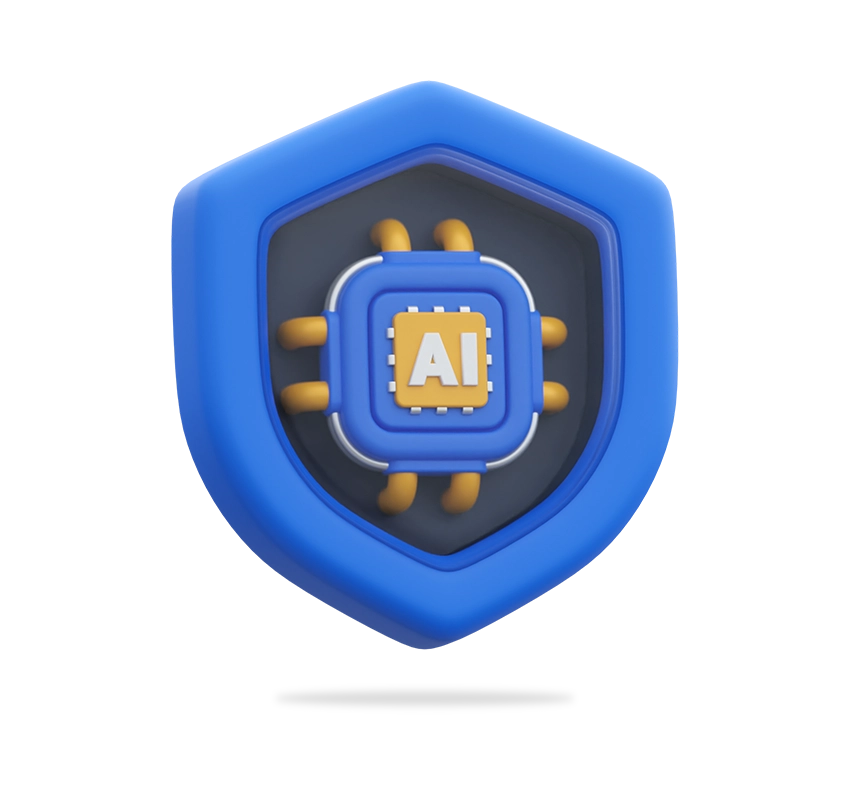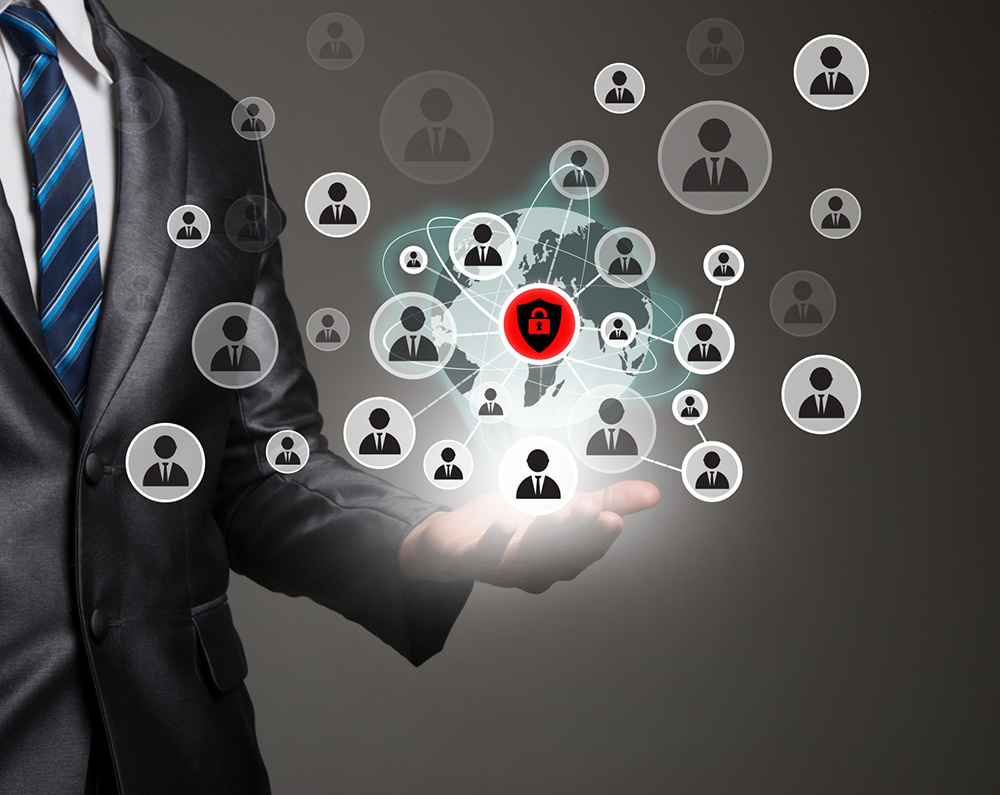

Not long ago, most of our conversations happened in person or over the phone. Today, nearly everything we say, write, or share moves through some digital channel. Whether you’re texting a friend, emailing your lawyer, or uploading sensitive documents to the cloud, there’s one question that should cross your mind: who can see this?
This is where end-to-end encryption comes into play. It’s not just a tech buzzword. It’s the backbone of modern digital privacy. And if you’re not familiar with what it means or why it matters, this blog is for you.
What Is End-to-End Encryption?
End-to-end encryption (often shortened to E2EE) is a way to keep information private between two parties. When you send a message or file using an E2EE system, it gets scrambled into unreadable data before it ever leaves your device. The only person who can unscramble it is the one you intended to receive.
Nobody else, not the app you’re using, not your internet provider, and not even the server that delivers the message, can make sense of what’s inside. It’s as if you dropped a letter into a locked box, and only the person you’re writing to has the key.
How Does End-to-End Encryption Works?
The idea behind end-to-end encryption is a concept called public-key cryptography. Think of it like this: every user has two keys. One is public and can be shared with anyone. The other is private and stays securely stored on your device.
When you want to send someone a message, your phone uses their public key to encrypt it. Only their private key can unlock it. Even if someone intercepts the message mid-transit, all they’ll see is a wall of scrambled data. It might pass through dozens of systems, but it remains unreadable the entire way.
Why Should You Care?
Let’s break this down into real-life reasons, starting with the most obvious.
1. Your Privacy Is Non-Negotiable
Whether you’re texting your therapist or sharing bank details with your spouse, there are things that simply aren’t anyone else’s business. End-to-end encryption ensures your messages aren’t being read or logged by the apps you use, the servers they rely on, or any third party in between.
2. It Shields You from Data Breaches
Companies get hacked all the time. Even well-known firms with massive budgets have suffered devastating data leaks. If your information is stored in an unencrypted form, a breach could expose everything. But with E2EE, even if someone steals the data, they won’t be able to read it.
3. Compliance Made Easier
If you work in a field that handles personal or sensitive information like healthcare, law, or finance, you’re already under pressure to meet privacy regulations. End-to-end encryption makes it easier to comply with data protection laws such as GDPR, HIPAA, and others. It shows clients you take their security seriously.
Where You’re Already Using It
You might not be aware, but many of the apps you use every day are already using E2EE behind the scenes.
Messaging Apps
Services like WhatsApp, Signal, and iMessage all offer end-to-end encryption by default. This means your conversations are only visible to you and the person you’re chatting with. Even the app’s own team can’t read them.
Encrypted Email
Traditional email systems weren’t built with privacy in mind. But newer platforms like ProtonMail or PreVeil have taken a different approach. They provide end-to-end encrypted email, where even attachments and files are protected from prying eyes.
Remote Access and Cloud Sharing
With so many of us working from home or accessing files remotely, secure connections matter. Services like Splashtop apply E2EE to remote sessions. That means everything from keystrokes to screen data stays encrypted the entire time. Some cloud storage providers, like Tresorit , offer E2EE too, ensuring your files are protected even while stored online.
What Are the Benefits of E2EE?
Let’s get even more specific. Whether you’re a regular person just trying to protect your data, or part of an organization trying to stay secure, E2EE offers a range of benefits.
For Individuals
- Confidentiality: What you share stays private, even from the service provider.
- Freedom of expression: Journalists, whistleblowers, and activists use E2EE to speak out without fear of surveillance.
- Protection from hackers: Even if data is intercepted, it cannot be read.
- Peace of mind: You don’t need to second-guess if your private information is at risk.
For Businesses
- Regulatory protection: Meet legal obligations and avoid fines.
- Customer trust: Show clients that their data is safe in your hands.
- Intellectual property defense: Secure trade secrets, internal strategies, and confidential documents.
- Reduced breach impact: If a breach happens, encrypted data stays unreadable.
What Threats Are Mitigated by End-to-End Encryption?
End-to-end encryption helps stop some of the most common and dangerous digital threats we face today. It does this by making your data unreadable to anyone who isn’t the intended recipient. Even if someone manages to intercept it, they won’t be able to understand or use the information.
One major threat this protects against is man-in-the-middle attacks. These happen when a third party secretly intercepts communication between two people. Without strong encryption, attackers can read or even alter the data being exchanged. But with E2EE in place, intercepted messages stay scrambled and useless to outsiders.
Another concern is server-side breaches. Even trusted platforms can be targeted by hackers. If your data is only encrypted on the server, that server becomes a single point of failure. End-to-end encryption prevents this by keeping your information encrypted even while stored or in transit. Only the intended recipient has the key needed to unlock the content.
This also helps defend against insider threats, which can come from employees or administrators who already have access to internal systems. When E2EE is used, having access to the system doesn’t mean having access to the data itself. The content remains locked unless the correct private key is used.
In short, end-to-end encryption doesn’t just block hackers or prevent leaks. For anyone other than the intended recipient, the data remains unusable or scrambled. Even if they manage to get their hands on it, they cannot decode it without the key. That is why E2EE is critical in defending today’s digital world.
What Are the E2EE Limitations?
Like all technologies, E2EE isn’t perfect. Knowing its limits helps you use it wisely.
Metadata Exposure
Even if the content of your message is encrypted, metadata like the time it was sent or who it was sent to may still be visible. This information can be useful to advertisers or authorities trying to track behavior.
Device Vulnerabilities
End-to-end encryption doesn’t protect your device from malware. If your phone or computer is compromised, hackers might be able to access your data before it’s encrypted or after it’s decrypted.
Key Management
Lose your encryption keys and you might lose access to your data. Some platforms offer recovery solutions, but not all. It’s important to understand how key recovery works before relying on any encrypted service.
What’s the Controversy?
Not everyone is thrilled about the widespread use of end-to-end encryption. Law enforcement agencies argue that it can make criminal investigations harder. Some governments have pushed for “backdoors” that would give them access to encrypted communications with a warrant.
But here’s the problem. A backdoor isn’t just available to the good guys. If it exists, it can be discovered or exploited by hackers. Most security experts agree that weakening encryption for one party weakens it for everyone.
The Future
We’re only going to see more encryption in the years to come. With cybercrime rising and digital surveillance becoming more common, demand for secure tools is growing. Messaging apps are doubling down on encrypted features. Businesses are integrating encrypted storage and communication into their workflows. The technology is becoming more user-friendly and widespread.
We may even see newer forms of encryption emerge. Some researchers are exploring ways to process encrypted data without ever decrypting it. That could open up entirely new possibilities for privacy and security.
How to Get Started?
You don’t have to be a tech expert to start using end-to-end encryption. Here are a few easy ways to begin:
- Switch to secure messaging apps like Signal or WhatsApp.
- Use encrypted email providers such as ProtonMail or PreVeil.
- Back up your files to encrypted cloud services that offer E2EE by default.
- Keep your devices secure with software updates and antivirus protection.
However, when you’re managing a team, running a business, or simply trying to survive in a constantly evolving digital world, even small actions might feel daunting. Korcomptenz can help with that. We offer a plan in addition to services. We assist businesses in sorting through the clutter, selecting the best resources, and putting them into practice correctly. We make the process simple and easy to handle, whether you’re choosing encrypted platforms, protecting your cloud infrastructure, or ensuring your systems remain safe and up to date.There should be no guesswork involved in security. It isn’t with Korcomptenz. Without requiring you to become an expert in cybersecurity, we provide the tools and assistance you need to stay ahead.
Final Thoughts
End-to-end encryption is not about hiding something. It’s about protecting what is yours. In an increasingly connected world, where data is traded and tracked daily, E2EE is one of the few tools that hands control back to the user.
It’s not just for tech companies or privacy advocates. It’s for parents, professionals, and anyone who wants to send a message or store a file without it being read by strangers.
In a world full of noise, encryption keeps your voice your own.
Korcomptenz delivers expert IT solutions that enhance business growth through advanced technologies like AI, cloud, With cutting-edge technology like artificial intelligence (AI), cloud computing, and data analytics, Korcomptenz provides professional IT solutions that boost company expansion. Threat detection and response, vulnerability management, data protection, and regulatory compliance support are all part of our extensive cybersecurity capabilities, which guarantee that your digital environment is safe and effective. We assist in protecting your company from changing cyberthreats by monitoring endpoint security, putting zero-trust frameworks into place, and doing frequent risk assessments. With more than 20 years of experience, Korcomptenz works with customers to modernize and secure their operations using resilient and inventive technology.

FAQs about End-to-End Encryption
What’s the difference between end-to-end encryption and regular encryption?
At first glance, all encryption might seem the same, but there’s an important distinction. Regular encryption typically protects your data while it’s being sent or stored, but service providers often hold the keys to decrypt it. That means they (or anyone who gains access to their systems) could potentially read your information.
End-to-end encryption (E2EE), on the other hand, takes privacy a step further. With E2EE, only the sender and the recipient hold the keys to unlock the message. Not even the service provider can peek inside. It’s the gold standard for keeping conversations truly private.
Do businesses use end-to-end encryption?
Absolutely. As cyber threats become more sophisticated and regulations around data protection tighten, businesses are turning to end-to-end encryption to safeguard sensitive communications. It’s not just about protecting trade secrets or financial data; it’s about building trust with customers and partners. Many organizations now rely on managed IT services to implement and maintain E2EE across email systems, messaging platforms, and cloud storage. In a digital world where every message counts, it’s one of the smartest moves a company can make.
Why is end-to-end encryption important?
End-to-end encryption ensures your private conversations, sensitive data, and personal information are kept secure from hackers, government surveillance, or even the app or service you are using. It is a key part of digital privacy and security, and a fundamental feature supported by comprehensive cybersecurity services.
Can the app or service provider see my messages if end-to-end encryption is used?
With end-to-end encryption, not even the app or platform (such as WhatsApp or Signal) can access your messages, files, or calls. Only you and the person you are communicating with can decrypt the content—a principle strongly advocated by top IT consulting companies in the USA like Korcomptenz.
What are some examples of apps that use end-to-end encryption?
Popular apps that offer end-to-end encryption include Signal, WhatsApp, iMessage (for Apple users), and ProtonMail. These services prioritize user privacy by ensuring that no one else can access the data being shared.
Share this article
Use AI to summarize this article




